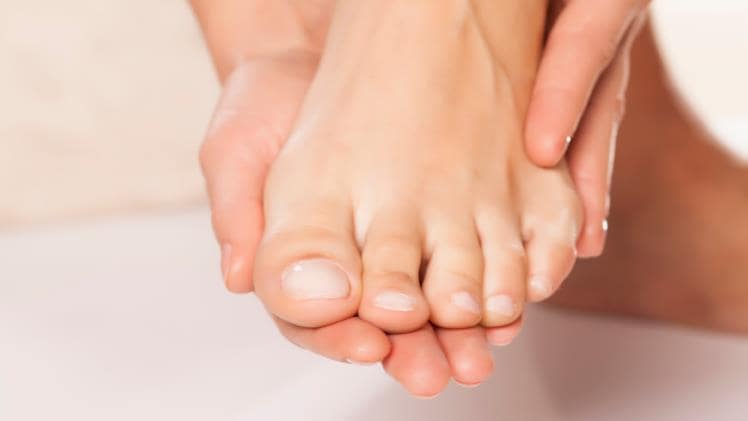Although ingrown toenails are not an alarming medical issue at first, the pain may become a nuisance once it starts digging into your skin. It can develop and cause painful ulcers that take longer to heal if not treated. If your ingrown toenail causes unbearable pain and discomfort, you may benefit from the ingrown toenail Bakersfield treatments at Diabetic Foot and Wound Center.
What should you know about ingrown toenails?
Ingrown toenails develop on the edges of your nail, causing skin inflammation, swelling, infection, and excruciating pain. These painful ingrown toenails often occur on the big toe. In most cases, you can use home remedies to attend to your ingrown toenail. Still, if the pain worsens or prevents you from accomplishing your tasks, your primary care provider may take necessary measures to alleviate the pain and discomfort.
However, you should consult your doctor before taking any medications to prevent ingrown toenail complications. If you have circulatory disorders or diabetes, you may have a higher risk of complications, making it vital to involve your doctor.
What factors contribute to the development of ingrown toenails?
Ingrown toenails can affect anyone regardless of age or sex. According to medical research, people with sweaty feet, especially adolescents, are more likely to develop ingrown toenails. Older adults have a higher risk due to the thickening of toenails with age. Some of the factors that may contribute to ingrown toenails include:
- Genetic predisposition
- Dropping a heavy object on your foot, toe injury, or stubbing your toe
- Improper foot hygiene
- Curved, irregular nails
- Cutting your toenails incorrectly
Pushing yourself too much during athletic activities may make you vulnerable to ingrown toenails. Physical activities that repeatedly kick objects may result in toenail damage and increase your risk.
How can you know if you have an ingrown toenail?
You may not always know when you have an ingrown toenail, but looking for specific symptoms may help you see if you have one. You may notice tender skin on the affected toe, excruciating pain, overgrowth around the affected nail, and skin redness. Ingrown toenails increase your risk of infection, making it crucial to seek medical attention to prevent significant complications.
How can you take care of your ingrown toenail?
If you experience any of the symptoms of ingrown toenails, you can separate them from your skin before it digs deeper into your skin. To make your skin softer and the procedure more manageable, you may need to soak your feet in warm water. Your provider may also recommend topical solutions to treat your ingrown toenails. The Diabetic Foot & Wound Center specialists understand that it may take longer for you to heal if you have diabetes. In such cases, they offer hyperbaric oxygen therapy to expose your wound to pure oxygen and accelerate your healing process. Your doctor may also suggest removing the damaged or dead tissue to promote healing. If not treated, you may develop a toenail infection that may result in foot ulcers.
Call the Diabetic Foot & Wound Center or book your spot online for comprehensive care of ingrown toenails.

